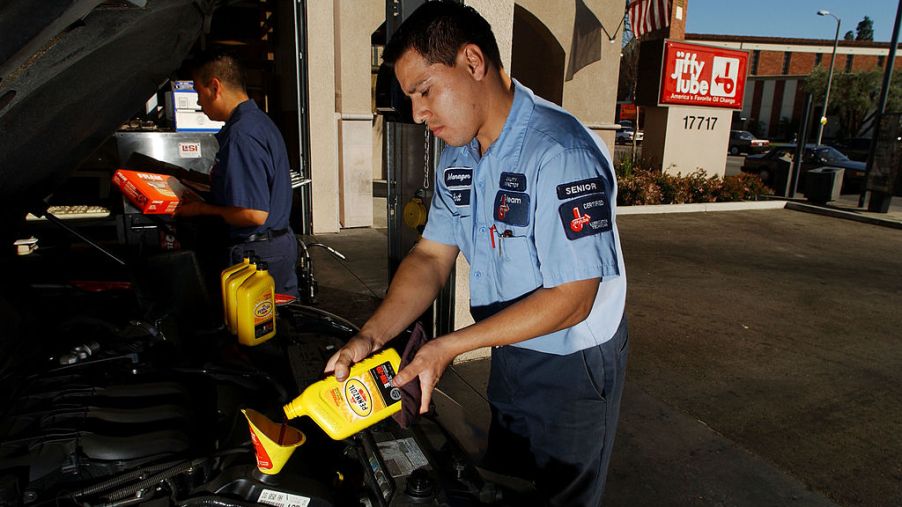
Do Oil Catch Cans Work?
Oil catch cans do not come standard when you purchase a car, but they can offer some great benefits. This video by Engineering Explained takes a look at what exactly oil catch cans do, and whether or not it’s worth it to install one.
What an Oil Catch Can Does
These small devices are installed between the PCV valve and the intake manifold’s port in order to catch oil and debris that would otherwise begin to collect on your vehicle’s intake valves. They generally feature a filter that separates the oil from the air, allowing the oil to settle in the bottom of the catch can without spraying back up into the engine. This prevents carbon deposits from building up on the intake valves.
Carbon Deposits
Although it may not seem like a big deal, carbon deposits can actually cause quite a few problems for your vehicle. Too much of a buildup can lead to cold start misfires, poor fuel economy, and, eventually, a reduction in engine power. It should be noted that oil catch cans are only really necessary for direct injection engines. Unlike other engines, direct injection engines do not have fuel regularly cleaning the valves and are therefore more likely to experience the formation of carbon deposits.
Scientifically proven to be effective
In this video, the reviewer examines a study performed by the Society of Automotive Engineers. This study took a 2008 Pontiac Solstice with just under 50,000 miles on it, and ran two tests: one in which the direct injection engine was put on an approximately 10,000 mile repetitive drive cycle with no alterations to the engine, and one in which the same engine was driven the same distance with the PCV system rerouted away from the intake manifold. It is important that they began with a car that had such high mileage, as this accelerated the deposit-forming process.
After the first test—in which the engine was driven with no alterations—the researchers replaced the intake valves, the spark plug, and the fuel injectors. They weighed the intake valves both before and after they ran the test to see just how much weight gain occurred from oil deposits. The researchers found that the side of the valves that were closest to the PVC system got the highest amount of deposits and that there was a notable difference in the weight after the car had been driven.
After the second part of the study—in which the PCV system was rerouted away from the intake manifold—the researchers weighed the intake valves again. This time, they found that deposits on the intake valves dropped significantly, indicating that using a rerouting method such as an oil catch can could drastically reduce the amount of carbon deposits you’ll get on the intake valves of a direct injection engine.
How much should you spend on a catch can?
The research indicates that, if you have a direct injection engine, an oil catch can might be a worthwhile investment. But how much should you be spending on one of these tools?
Oil catch cans come in a wide range of prices; this reviewer examined three at different price points. The cheapest one, priced at $25, offers function and convenience, with a dipstick and a simple, easy to use system. However, it is quite small and has no drain port.
The mid-range catch can, priced at $100, has a bronze filter and a drain port, making it a slight step up from the $25 catch can. However, it is still fairly small.
At $230, the priciest catch can comes with a large bronze filter and a drain port. Its main perk is that it is bigger, so you don’t need to empty it as frequently.
While there are some differences between the price points, it’s nothing too significant—they are all good systems that, if you’re looking to avoid carbon buildup on your intake valves, can certainly be beneficial.


